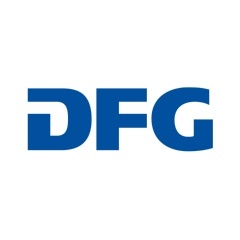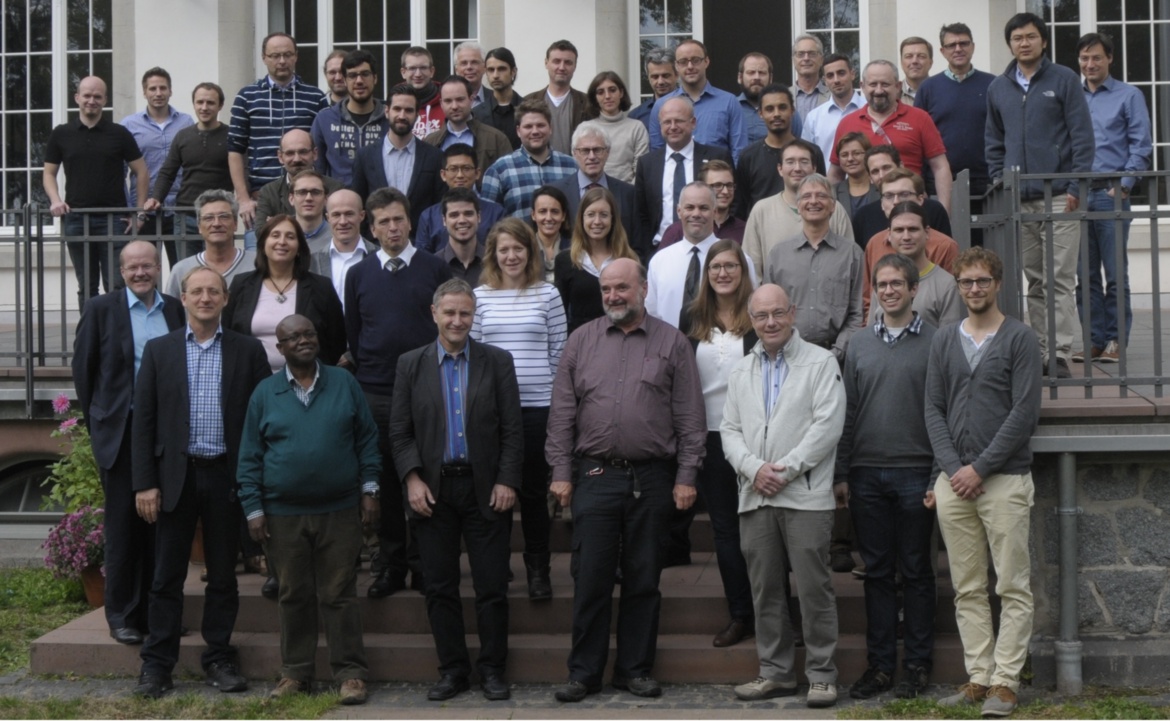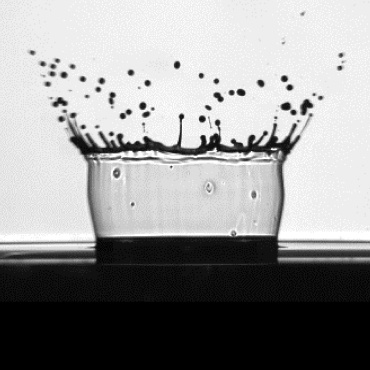Herzlich willkommen!
Wir freuen uns, Sie auf der Homepage des Sonderforschungsbereichs Transregio 75 (SFB-TRR 75) "Tropfendynamische Prozesse unter extremen Umgebungsbedingungen" zu begrüßen. Dieser Internetauftritt gibt Ihnen einen kurzen Überblick über die verschiedenen Projekte innerhalb des SFB-TRR 75 und präsentiert deren Fortschritte.
Gleichstellung im SFB-TRR 75
02:31
Weitere Forschungsaktivitäten des ITLRs an tropfendynamische Prozesse
Ihre Ansprechpartner

Bernhard Weigand
Prof. Dr.-Ing. habil.Direktor

Kathrin Schulte (geb. Eisenschmidt)
Dr.-Ing.Habilitandin










